Research on the Initial Orientation Technology of the View Axis for Underwater Laser Communication Dynamic Platforms Based on Coordinate Transformation Matrix Positioning Model
Abstract
1. Introduction
2. Control Principles of Underwater Laser Communication Systems
2.1. Principle of Underwater Laser Communication System
2.2. Servo System Model Analysis
2.3. Analysis of Underwater Disturbance
3. Modeling of Initial Orientation of Visual Axis
3.1. Principle of USBL System
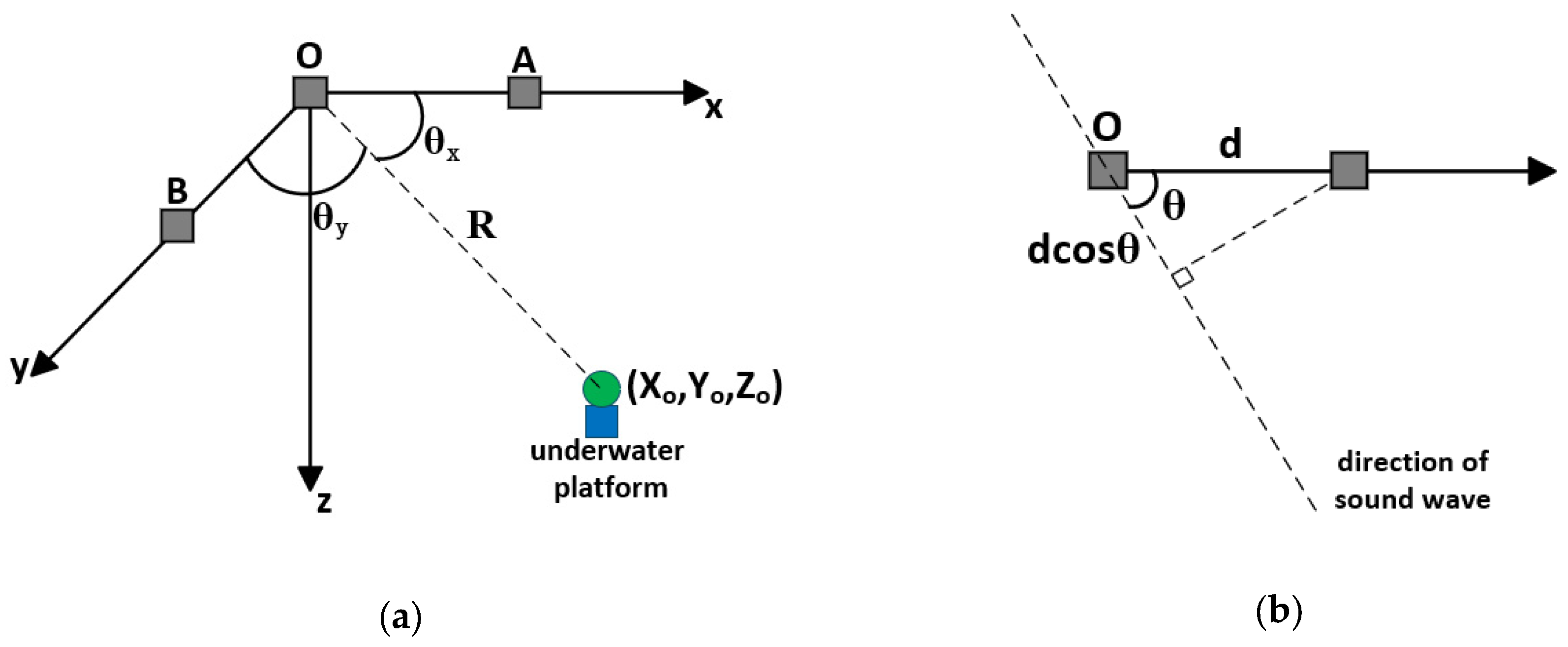
3.2. Coordinate Systems Involved in the Transformation Process
3.3. Coordinate Transformation Order and Transformation Matrix
- The transformation of the WGS-84 coordinate system into the geocentric coordinate system involves converting latitude, longitude, and elevation values into rectangular coordinate values. The ellipsoidal parameters are selected according to the WGS-84 ellipsoid model. The transformation formulas can be expressed as follows:
- 2.
- The transformation matrix from the WGS-84 coordinate system to the NEU coordinate system: Since the dynamic line-of-sight alignment is performed between platforms, the pointing system needs to compensate in real-time based on the changes in platform position. Converting the WGS-84 coordinate system to the North-East-Up coordinate system enables this compensation function. The transformation matrix can be expressed as follows:
- 3.
- The transformation matrix from the NEU coordinate system to the measurement coordinate system: The platform’s dynamic pointing not only involves positional changes but also entails variations in orientation. The azimuth, pitch, and roll angles of the platform are subject to real-time changes, necessitating compensation by the pointing system. The transformation matrix from the NEU coordinate system to the test coordinate system can achieve this compensation functionality and the transformation matrix can be expressed as follows:
- 4.
- The transformation matrix from the measurement coordinate system to the platform coordinate system: Ideally, the test coordinate system should coincide with the base coordinate system; however, in practical applications, various factors such as machining and assembly precision limitations can lead to relative rotational deviations between the two coordinate systems. It is necessary to measure the relative offset angles between the three coordinate axes and compensate for them using a coordinate transformation matrix , which can be expressed as follows:
- 5.
- The transformation matrix from the platform coordinate system to the viewing axis coordinate system: When the zero position of the visual axis does not coincide with the zero position of the base platform, there exist angles δy and δz between the y-axis and z-axis of the two coordinate systems. Since the underwater turntable’s visual axis only undergoes rotation in azimuth and pitch, there is no angle between the x-axis of the platform coordinate system and the visual axis coordinate system. Transforming the platform coordinate system to the visual axis coordinate system can achieve compensation functionality, and the transformation matrix can be expressed as follows:
3.4. Simulation Verification
4. Experimental Verification
5. Conclusions and Discussion
Author Contributions
Funding
Institutional Review Board Statement
Informed Consent Statement
Data Availability Statement
Conflicts of Interest
References
- Zhao, Y.; Wang, A.; Zhu, L.; Lv, W.; Xu, J.; Li, S.; Wang, J. Performance evaluation of underwater optical communications using spatial modes subjected to bubbles and obstructions. Opt. Lett. 2017, 42, 4699–4702. [Google Scholar] [CrossRef] [PubMed]
- Ebihara, T.; Leus, G.; Ogasawara, H. Underwater acoustic communication using Doppler-resilient orthogonal signal division multiplexing in a harbor environment. Phys. Commun. 2018, 27, 24–35. [Google Scholar] [CrossRef]
- Wang, J.; Lu, C.; Li, S.; Xu, Z. 100 m/500 Mbps underwater optical wireless communication using an NRZ-OOK modulated 520 nm laser diode. Opt. Express 2019, 27, 12171–12181. [Google Scholar] [CrossRef] [PubMed]
- Wu, T.-C.; Chi, Y.-C.; Wang, H.-Y.; Tsai, C.-T.; Lin, G.-R. Blue Laser Diode Enables Underwater Communication at 12.4 Gbps. Sci. Rep. 2017, 7, 40480. [Google Scholar] [CrossRef] [PubMed]
- Yang, Y.; Yan, Z.W.; Yao, X.Y. Analysis of the Impact of Pointing-Jitter Error on the Performance of Wireless Optical Communication Systems in Underwater Turbulent Channels. Acta Opt. Sin. 2024, 44, 1201005. [Google Scholar]
- Lv, Z.; Liu, X.; Wu, S.; Zhang, W.; Yue, C.P.; Liu, Z. Massive GaN micro-LED array based underwater wireless optical communication. Opt. Express 2025, 33, 19527–19534. [Google Scholar] [CrossRef] [PubMed]
- Wang, J.X. Research on Key Technologies of Dynamic Underwater Wireless Optical Communication Based on Servo Control. Master’s Thesis, Changchun University of Science and Technology, Changchun, China, 2024. [Google Scholar]
- Solanki, P.B.; Al-Rubaiai, M.K.; Tan, X. Extended Kalman filter-based active alignment control for LED optical communication. IEEE/ASME Trans. Mechatron. 2018, 23, 1501–1511. [Google Scholar] [CrossRef]
- Anirban, B.; Singh, R.K. Transmit Laser Selection for Two Hop Decode and Forward FSO Communication with Pointing Errors. IEEE Commun. Lett. 2019, 23, 2301–2305. [Google Scholar] [CrossRef]
- Arvanitakis, G.N.; Bian, R.; McKendry, J.J.D.; Cheng, C.; Xie, E.; He, X.; Yang, G.; Islim, M.S.; Purwita, A.A.; Gu, E.; et al. Gb/s underwater wireless optical communications using seriesconnected GaN micro-LED arrays. IEEE Photonics J. 2020, 12, 7901210. [Google Scholar] [CrossRef]
- Liu, H.; Yan, Y.; Yin, Y.F.; Zhang, J.; Li, S. EKF-based Precise Alignment Control Algorithm for Underwater LD Communication. Acta Photonica Sin. 2020, 49, 137–145. [Google Scholar]
- Palitharathna, K.W.; Suraweera, H.A.; Godaliyadda, R.I.; Herath, V.R.; Thompson, J.S. Average Rate Analysis of Cooperative NOMA Aided Underwater Optical Wireless Systems. IEEE Open J. Commun. Soc. 2021, 2, 2292–2310. [Google Scholar] [CrossRef]
- Wang, Z.Q. Development of an Underwater Laser Communication System with APT Functionality. Master’s Thesis, Hangzhou Dianzi University, Hangzhou, China, 2022. [Google Scholar]
- Venkata, J.A.; Prince, S. Localizing an underwater sensor node using sonar and establishing underwater wireless optical communication for data transfer applications. Mar. Georesour. Geotechnol. 2024, 42, 778–794. [Google Scholar]
- Zheng, Z. Research and Implementation of APT System for Underwater Wireless Optical Communication. Master’s Thesis, Dalian University of Technology, Dalian, China, 2021. [Google Scholar]
- Zhao, X.; Liu, Y.Q.; Tong, S.F. Modeling and Verification of Initial Line-of-Sight Alignment for Dynamic Space Laser Communication Systems. Chin. J. Lasers 2014, 41, 151–156. [Google Scholar]
- Dong, X. Study on Structural Reliability of Offshore Platform Under Wave Action. Master’s Thesis, Wuhan Institute of Technology, Wuhan, China, 2022. [Google Scholar]
- Kim, B.S.; Wang, S.; Zhu, Z.; Kim, Y. Numerical simulation of free-running turning test of ship in waves. Ocean Eng. 2023, 288, 115951. [Google Scholar] [CrossRef]
- Zhang, D.; Yan, J.; Zhao, B.; Zhu, K. PMM simulation experiment of full apended submarine. Period. Ocean. Univ. China 2023, 53, 98–109. [Google Scholar]
- Tao, Z.; Yong, A.; Guigen, N. Research on acquisition and pointing in optica-communication between satellite and ground station based on GPS. J. Optoelectron. Laser 2010, 21, 1184–1188. [Google Scholar]
- Li, J.L. Research on Underwater Acoustic Navigation Filtering Algorithms in Combined States. Master’s Thesis, Chang’an University, Xian, China, 2023. [Google Scholar]

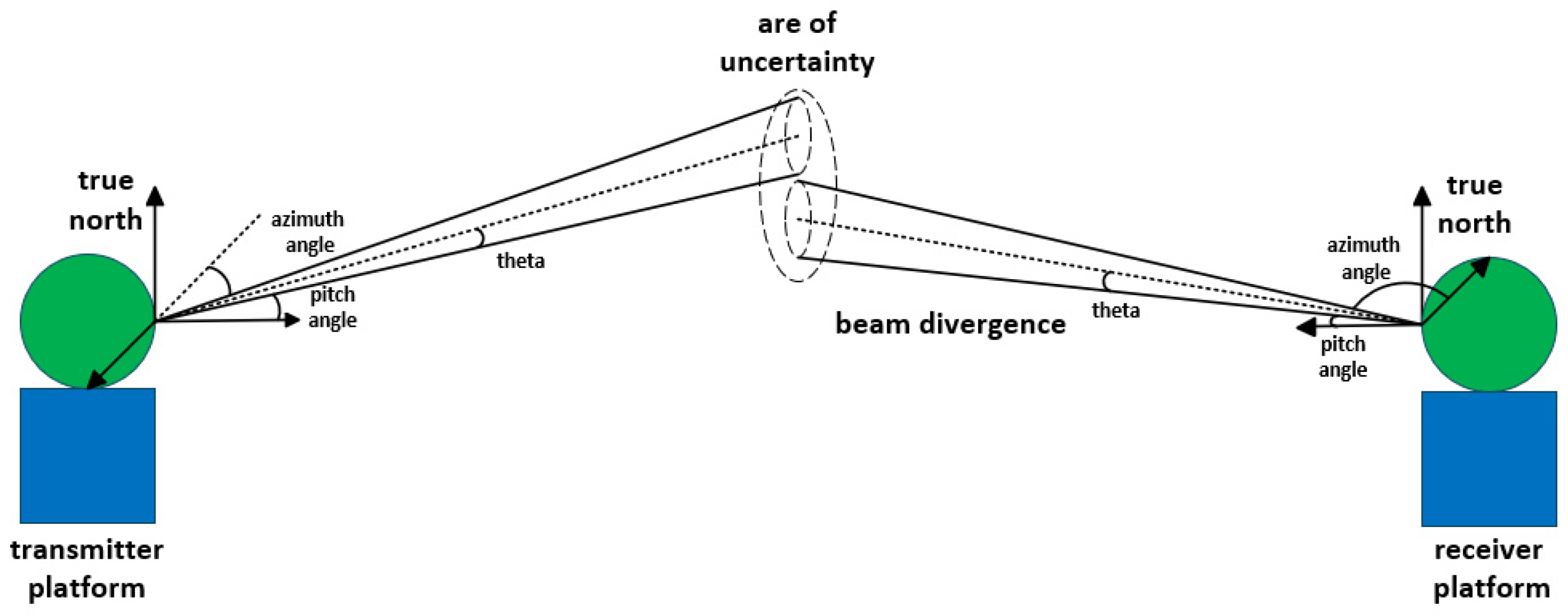






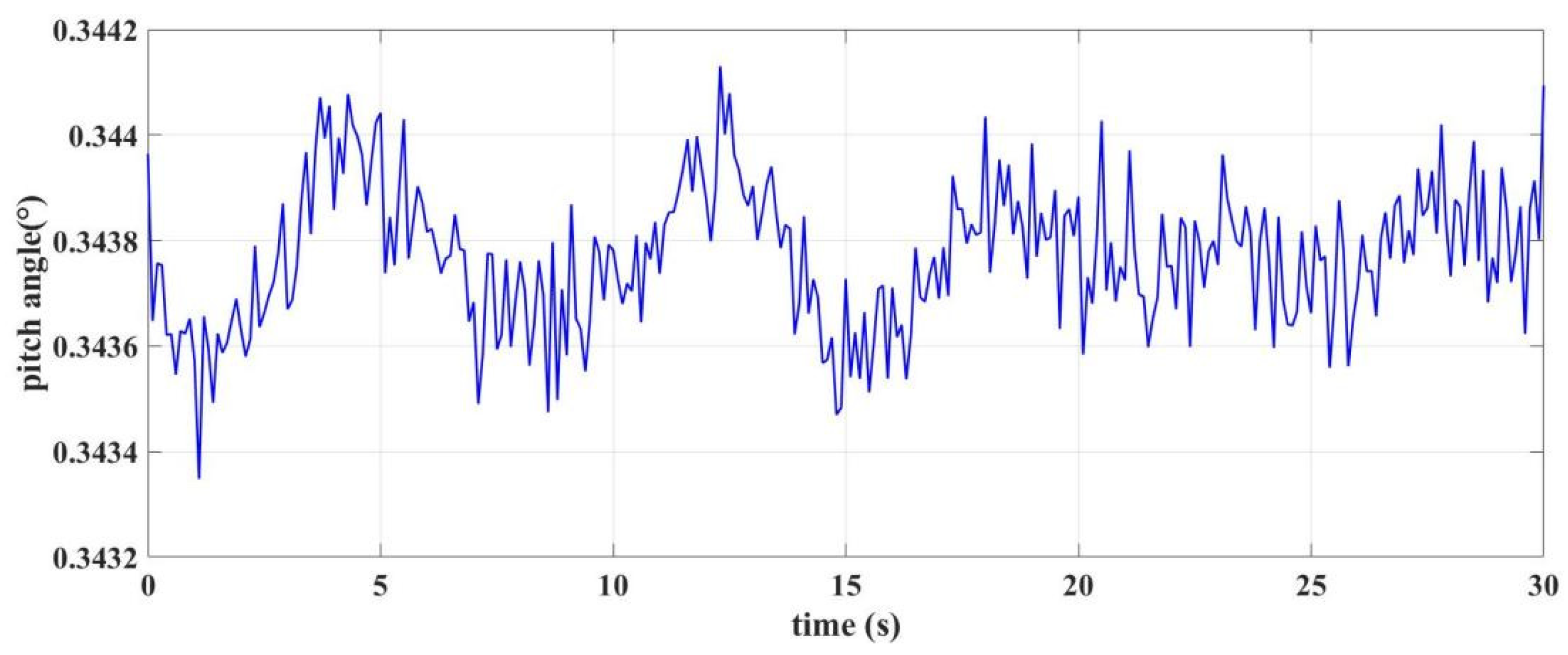



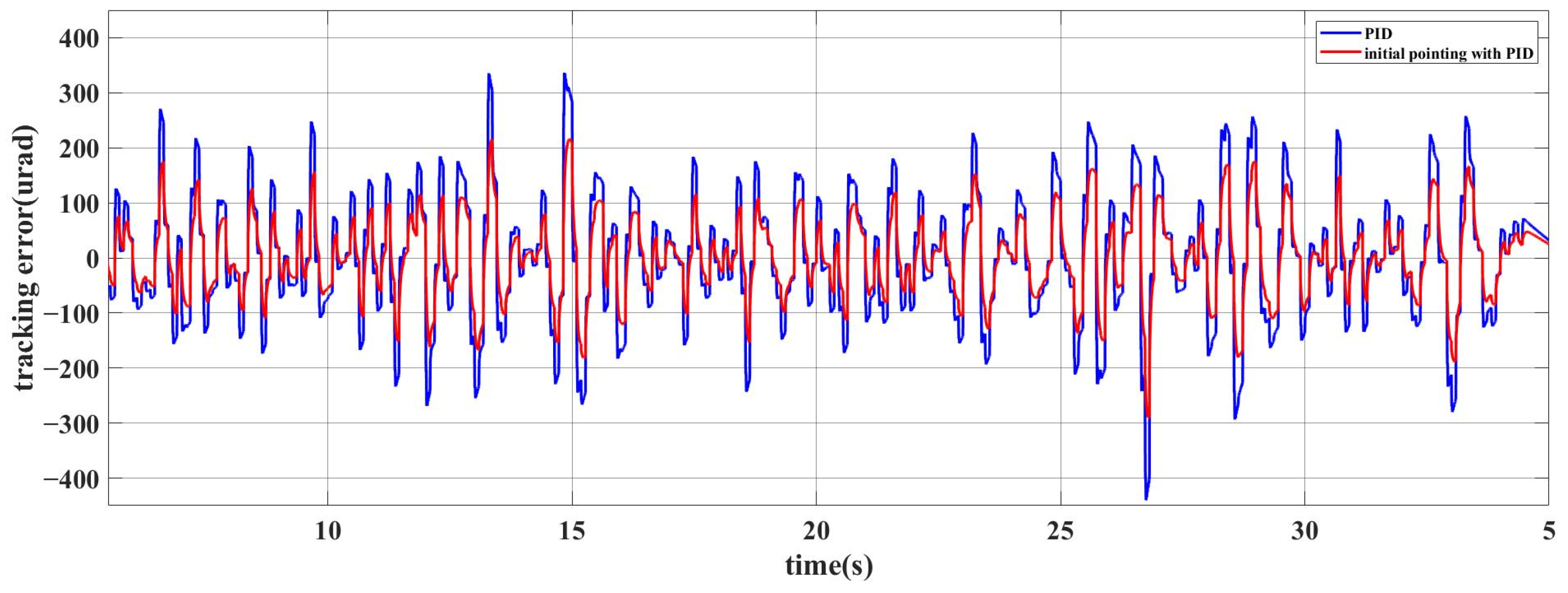
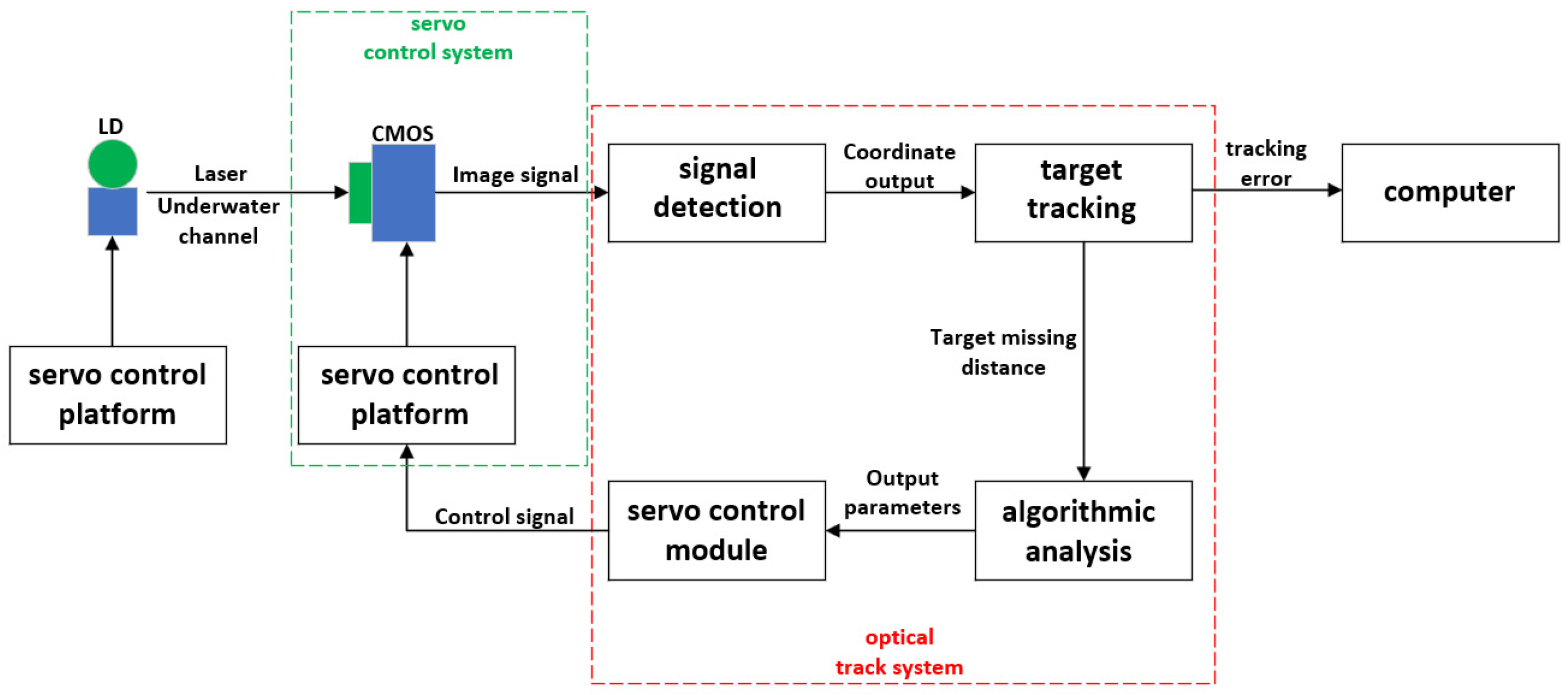
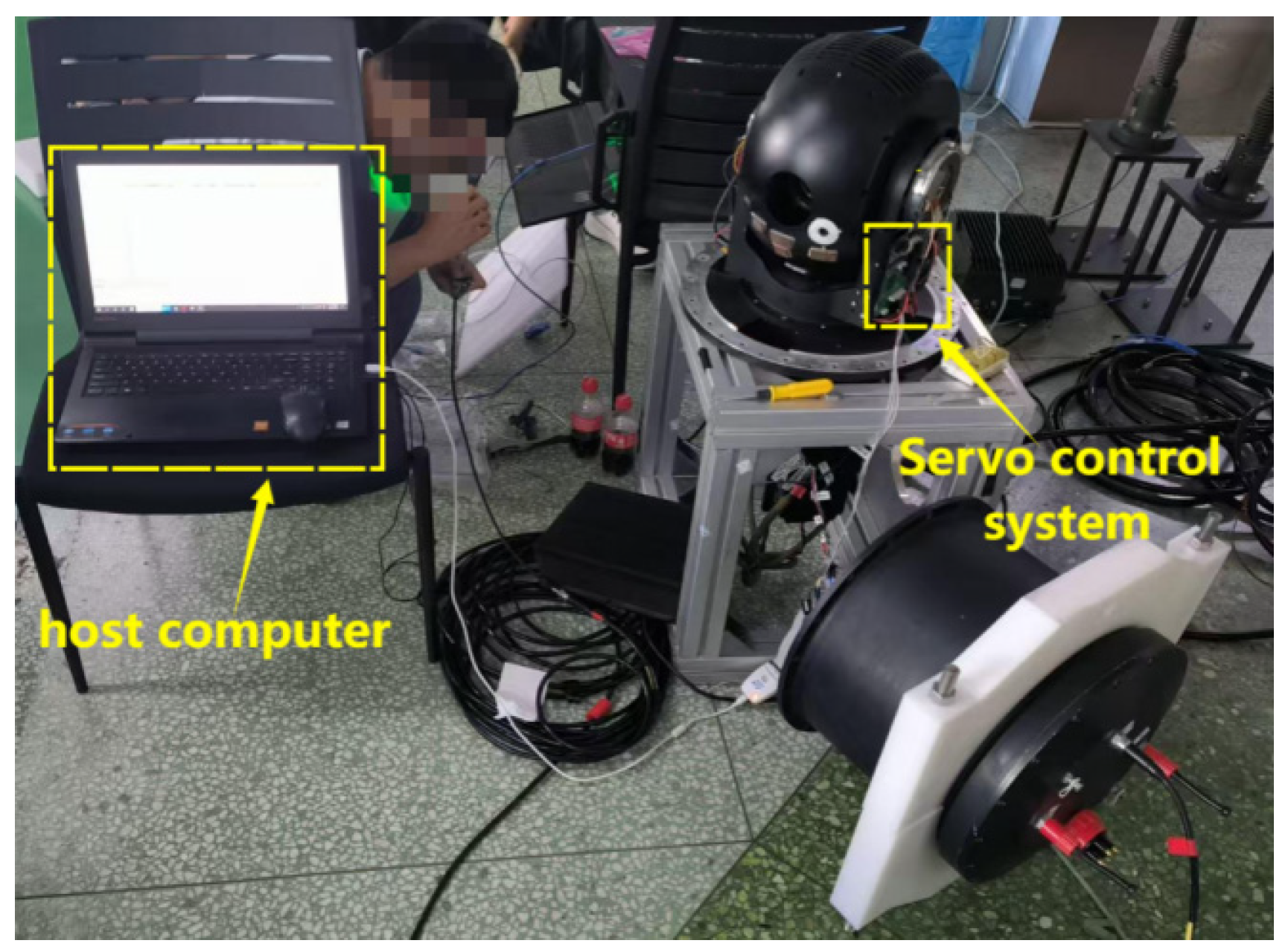


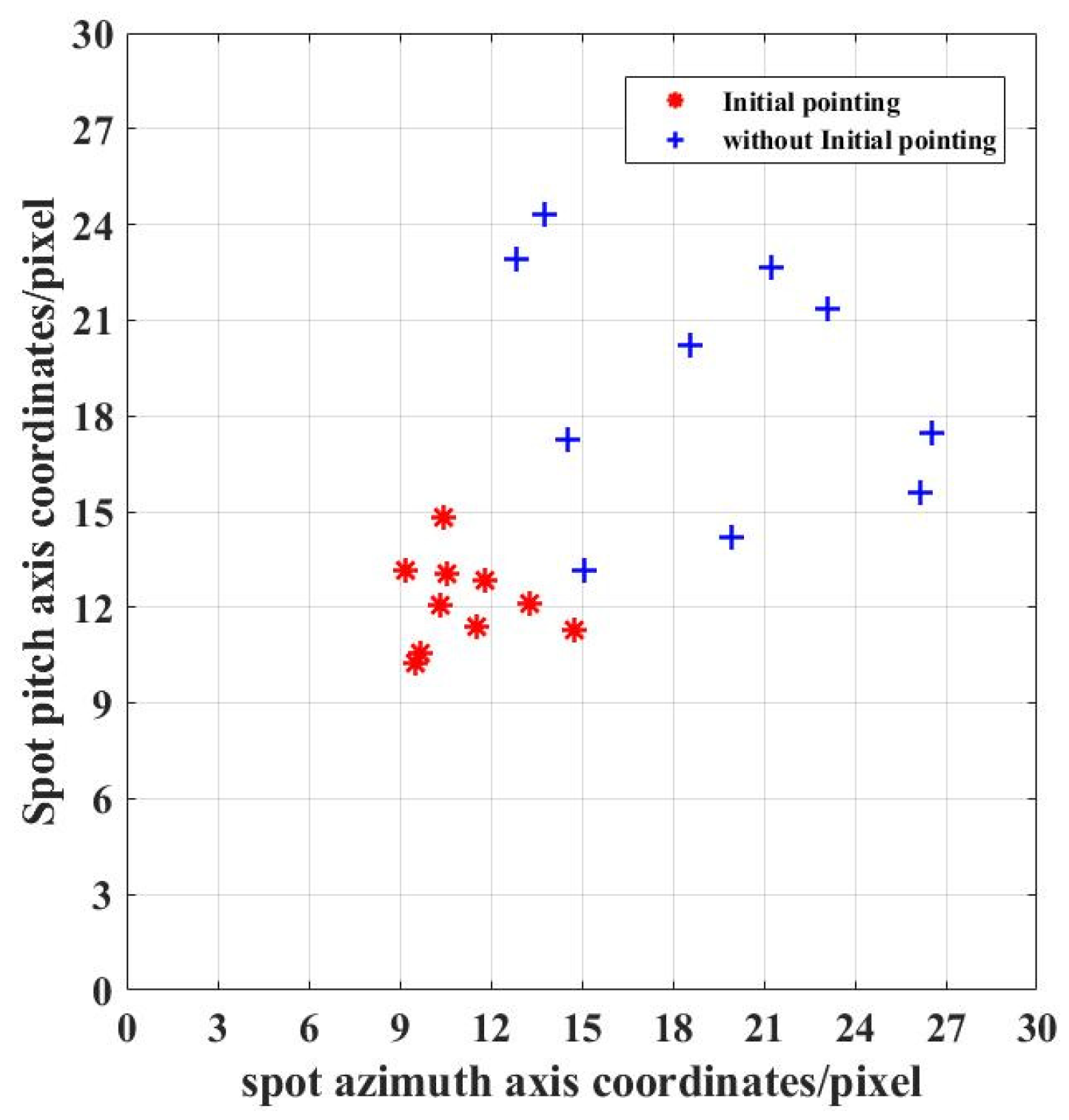

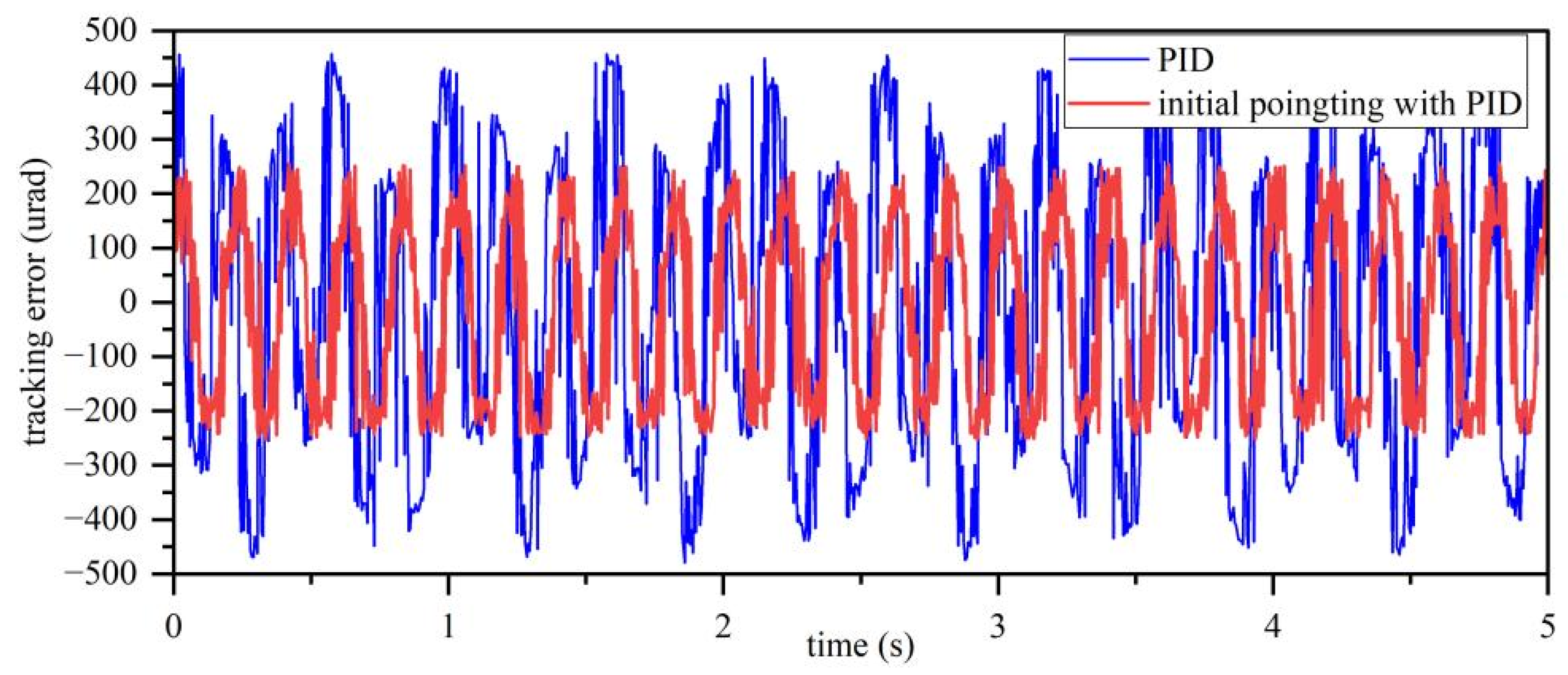

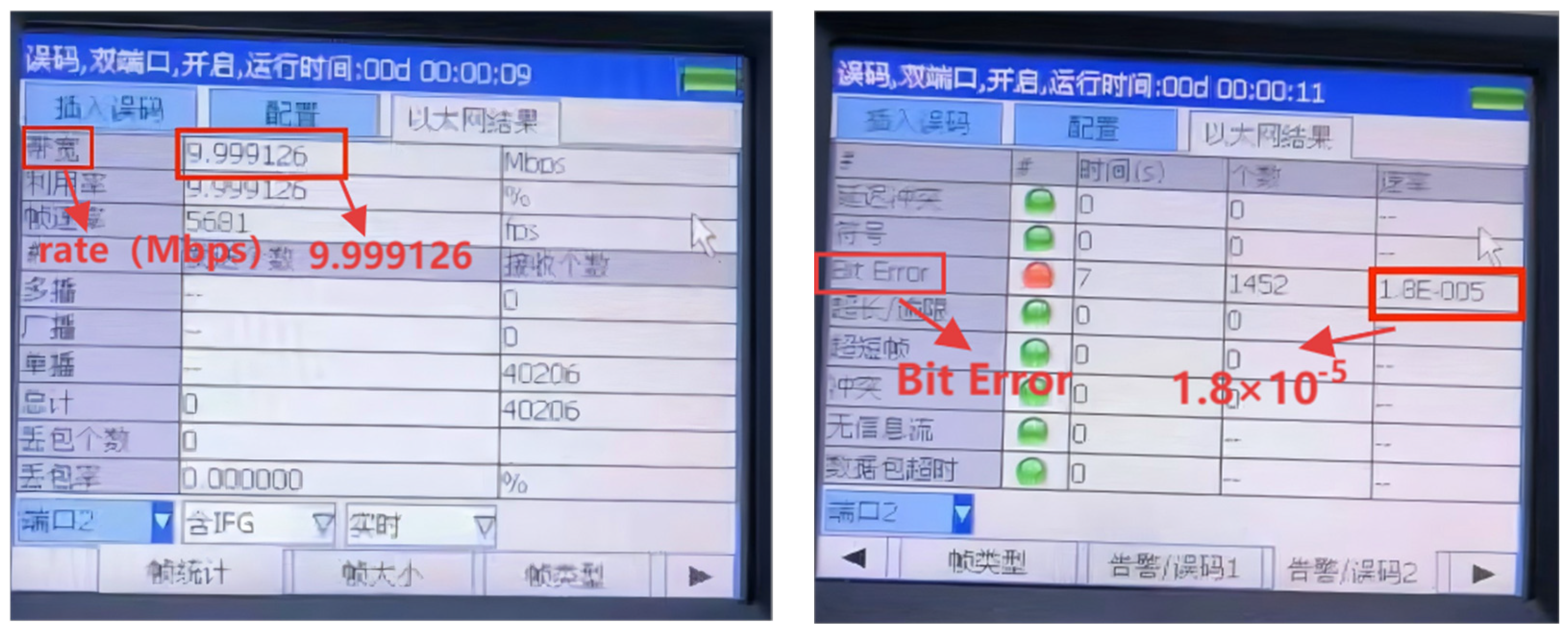
| Communication Type | Distance | Propagation Velocity | Frequency | Bandwidth | Rate | Attenuation |
|---|---|---|---|---|---|---|
| UWRFC | <10 m | 2.255 × 108 m/s | 30~300 Hz | MHZ | Mbps | Related to frequency and conductivity (3.5~5 dB/m) |
| UWAC | <20 km | 1500 m/s | 10~1 k Hz | HZ | Kbps | Related to distance and frequency (0.1~4 dB/m) |
| UWOC | <100 m | 2.255 × 108 m/s | 5.45 × 1014~7.5 × 1014 Hz | MHZ | Gbps | 0.39 db/m (Ocean) and 11 db/m (muddy water) |
Disclaimer/Publisher’s Note: The statements, opinions and data contained in all publications are solely those of the individual author(s) and contributor(s) and not of MDPI and/or the editor(s). MDPI and/or the editor(s) disclaim responsibility for any injury to people or property resulting from any ideas, methods, instructions or products referred to in the content. |
© 2025 by the authors. Licensee MDPI, Basel, Switzerland. This article is an open access article distributed under the terms and conditions of the Creative Commons Attribution (CC BY) license (https://creativecommons.org/licenses/by/4.0/).
Share and Cite
Ma, J.; Teng, Y.; Liu, Y.; Zhang, M.; Qiu, C.; Qin, H.; Li, Y. Research on the Initial Orientation Technology of the View Axis for Underwater Laser Communication Dynamic Platforms Based on Coordinate Transformation Matrix Positioning Model. Photonics 2025, 12, 839. https://doi.org/10.3390/photonics12090839
Ma J, Teng Y, Liu Y, Zhang M, Qiu C, Qin H, Li Y. Research on the Initial Orientation Technology of the View Axis for Underwater Laser Communication Dynamic Platforms Based on Coordinate Transformation Matrix Positioning Model. Photonics. 2025; 12(9):839. https://doi.org/10.3390/photonics12090839
Chicago/Turabian StyleMa, Jun, Yunjie Teng, Yang Liu, Mingyang Zhang, Cheng Qiu, Hao Qin, and Yanpu Li. 2025. "Research on the Initial Orientation Technology of the View Axis for Underwater Laser Communication Dynamic Platforms Based on Coordinate Transformation Matrix Positioning Model" Photonics 12, no. 9: 839. https://doi.org/10.3390/photonics12090839
APA StyleMa, J., Teng, Y., Liu, Y., Zhang, M., Qiu, C., Qin, H., & Li, Y. (2025). Research on the Initial Orientation Technology of the View Axis for Underwater Laser Communication Dynamic Platforms Based on Coordinate Transformation Matrix Positioning Model. Photonics, 12(9), 839. https://doi.org/10.3390/photonics12090839




